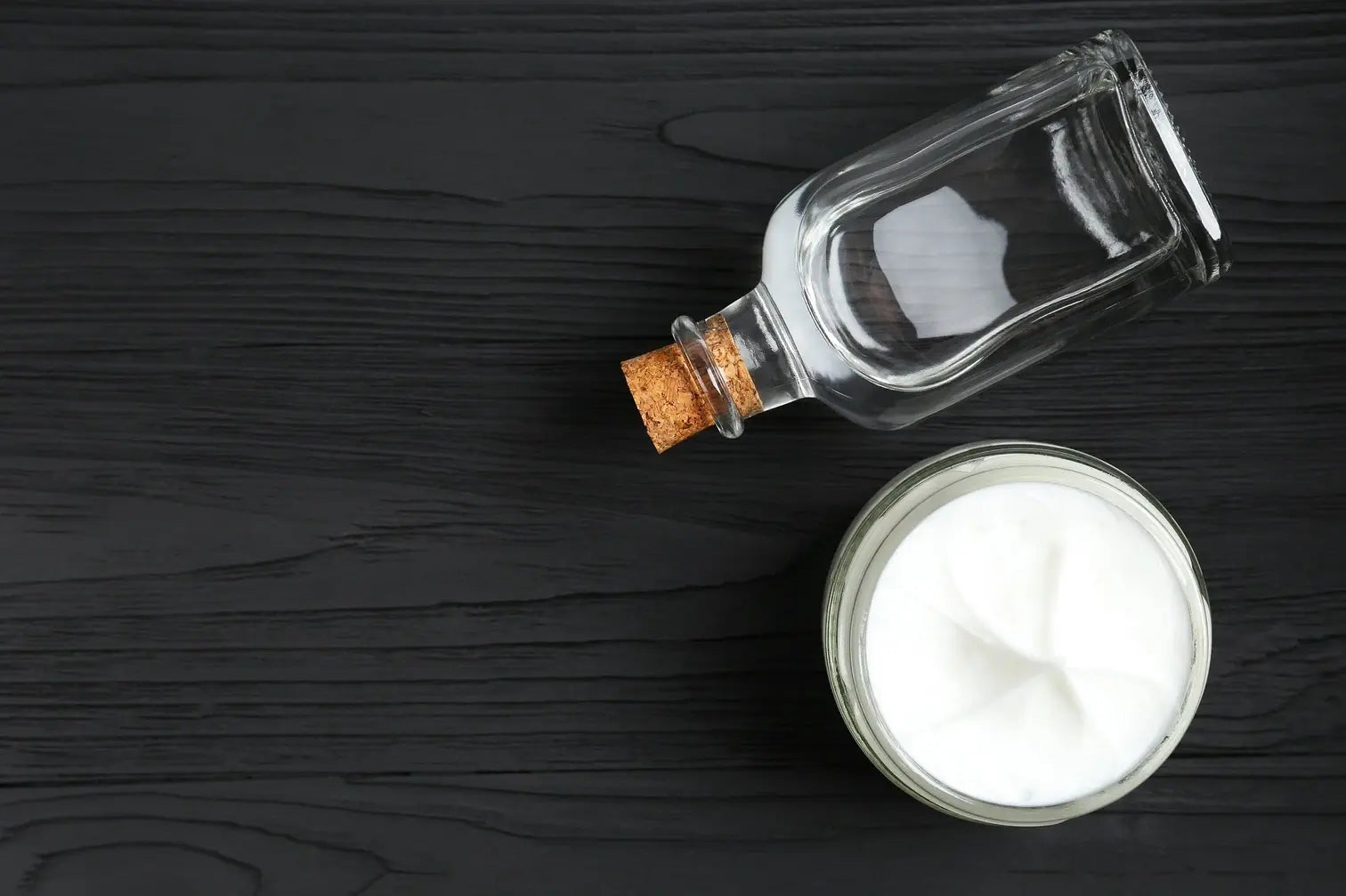03
What is glycerin used for?
Glycerin has many uses across a variety of industries and products, such as in food, pharmaceuticals, medicine, and also skin care. In the food industry, glycerin is predominantly used to help food retain moisture, thicken liquids, add extra sweetness, and as a preservative. Glycerin is also useful in the medical industry for its wound healing and anti-microbial properties, enabling it to help speed up recovery and reduce the risk of infection. Glycerin specifically helps with wound healing because of its nature as a humectant, meaning it attracts and retains moisture at the site of the wound. This moist environment can help mitigate inflammation and encourage the growth of new skin cells. Glycerin is also a bacteriostatic, giving it the ability to restrain the development or reproduction of bacteria, helping to prevent inflammation due to infection. [5]The medicinal properties of glycerin also apply to its use in skin care, with a focus on its hydrating and emolliating properties. Since glycerin is a humectant, which aids in maintaining the moisture balance of the skin, it is commonly used in body lotion products or moisturizers and other products that are meant to be hydrating. It’s also commonly included in skin care products to help mitigate any potential skin irritation. By creating a protective barrier on the surface of skin, emollients make well hydrated and healthy skin more supple and smooth. [6] Finally, glycerin has been found to be relatively inert, non-irritating and non-comedogenic, allowing it to be included in a variety of formulations with a low risk of ingredient conflicts and adverse reactions. [7]



